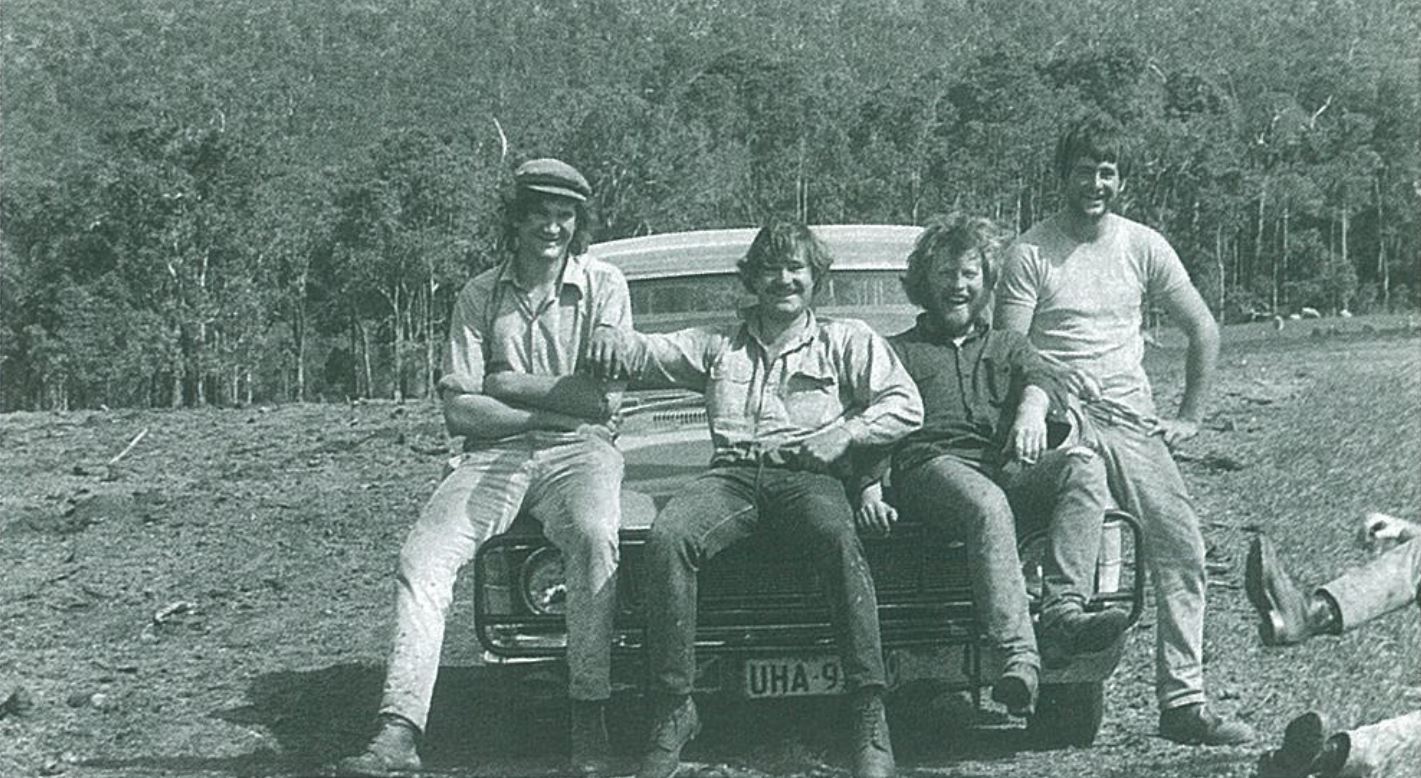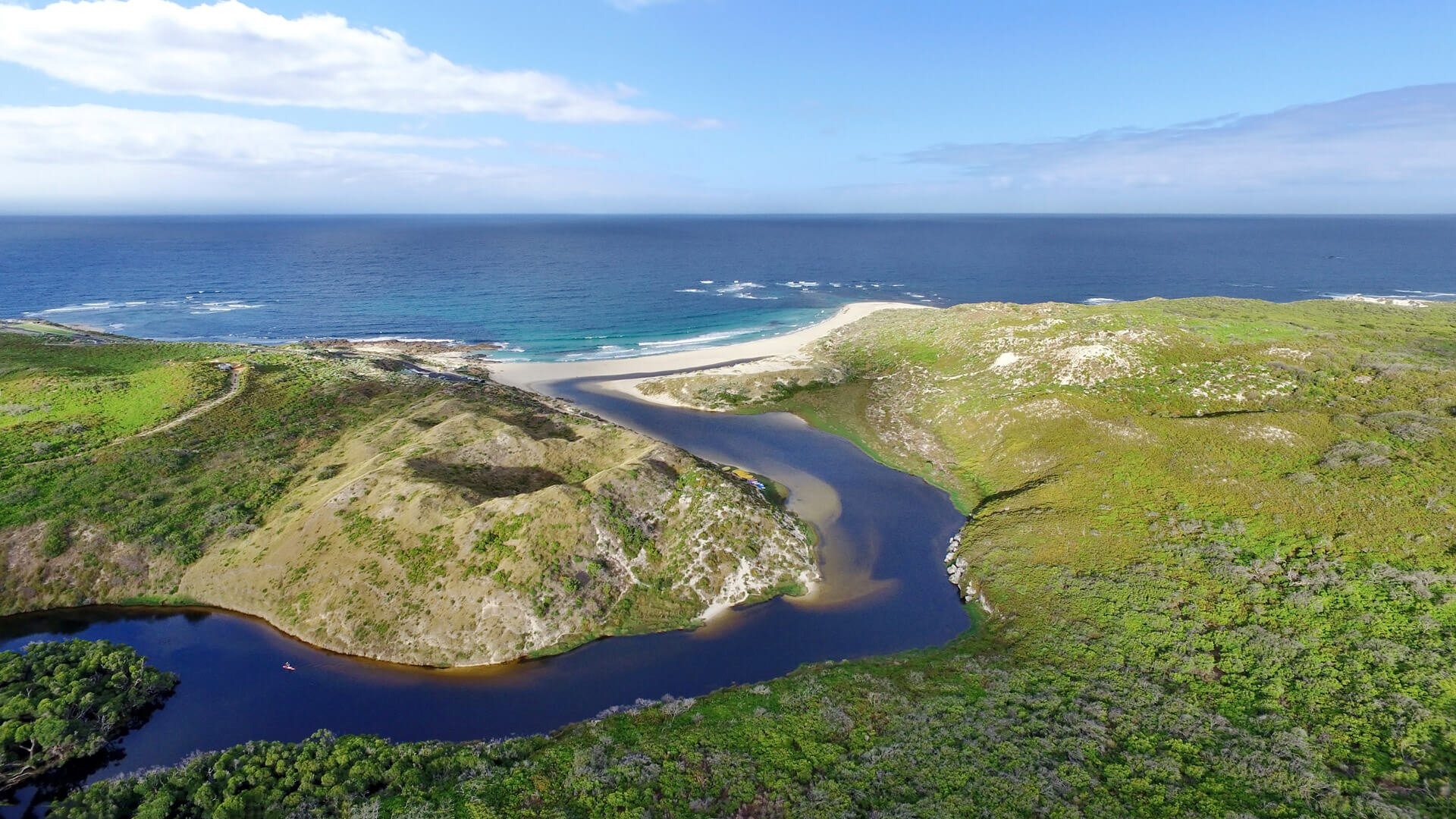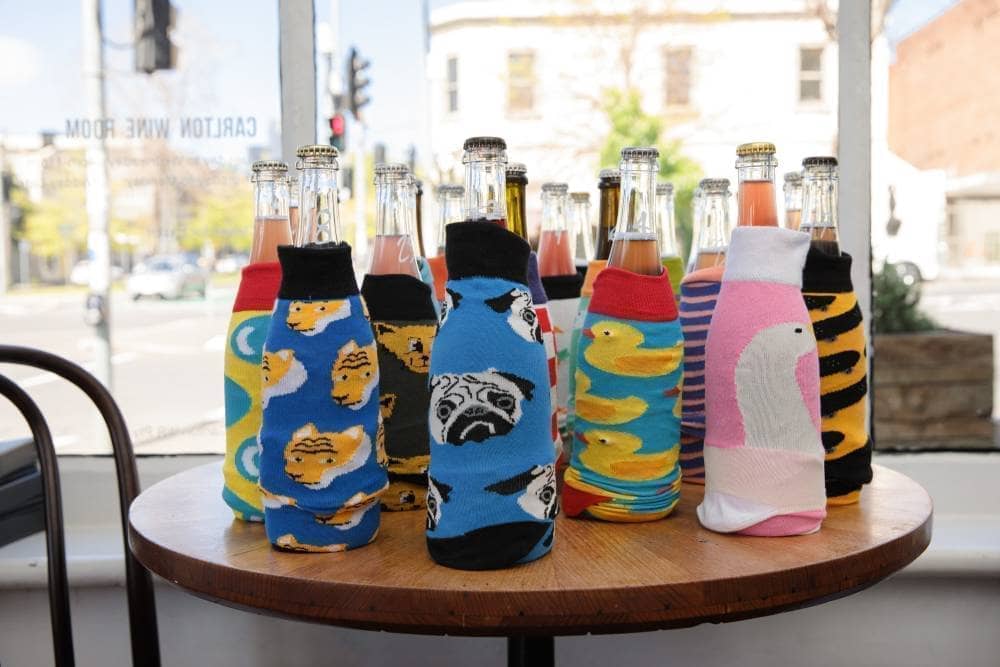Margaret River is one of Australia’s most breathtakingly beautiful wine regions, with the territory fringed by the white sands and azure waters of the Indian Ocean. It is also one of the country’s most prestigious regions, boasting a formidable collection of iconic producers, as well as a dynamic new wave that are embracing what Margaret River does best, but tuning it into their own frequencies. While the drive from Perth is three hours, the region caters exceptionally well for both budget travellers and those seeking the resolutely exclusive.
History
Margaret River is relatively remote by the standards of some of this country’s emblematic wine regions, with many clustered near to major cities. Even though the Hunter Valley is a similar distance from Sydney than Perth is from Margaret River, it has Newcastle somewhat closer by. In fact, Margaret River is one of the most isolated wine regions in the world, which goes some way towards its idyllic charm. And though today’s traveller will find it a vibrant and amply serviced destination, its history of quality winegrowing is a relatively short one.
Historically, grape-growing in Western Australia was more or less confined to the warm and dry territory of the Swan Valley, on Perth’s doorstep. It was not until Dr Harry Olmo, then the Professor of Viticulture at the University of California, was commissioned to report on the impacts of climate on grape production in the Swan District that the possibility of expanding further south was tabled. Olmo saw the limitations of the Swan and saw vast potential in the Great Southern, amongst other areas. With the seed planted, it was Dr John Gladstones who took up the message in the 1960s, with him pinpointing Margaret River as a region with the potential to produce world class wine.
While Olmo’s technical research was centred on the Swan, Gladstones applied the science to the regions he had researched. Gladstones’ view on Margaret River was actually at odds with Olmo, who noted that the high rainfall would be an impediment to viticulture. And while the rainfall is indeed very high, Galdstones highlighted that the majority of that rainfall was in winter and spring, which would set up the vines for what were typically warm and dry summers. (Indeed, it is often managing the dryness in the growing season that has become a challenge for some growers.) The region also had minimal issues with frost and hail and enough well-drained sites to meliorate the heavy rains.
Gladstones’ report was published in 1966, with the first vines planted at Vasse Felix in 1967, followed by Moss Wood (1969), Cape Mentelle (1970), Sandalford (1970), Cullen (1971), Woodlands (1973) and Leeuwin (1974), which remain some of the most famous names today. It’s worth noting that vines had been planted in Margaret River before, but only on a relatively small scale with more a functional than quality focus.


Those first vines are credited to the Bussell family, who planted in the 1830s to make wine solely for themselves. Most of the ensuing pioneers were immigrants with a heritage of mixed farming, like the Credaro family, who originally worked in the timber industry, but had meaningful vineyards for personal use in different Margaret River locations from early in the 20th century up until they engaged in commercial viticulture in the 80s. A piece of that history survives as a living relic in the fragola vines (a Northern Italian curio variety) that the family have cultivated in those sites over the years and produce today as a varietal bottling.
Dr Tom Cullity was first off the mark to act on Gladstone’s ground-breaking report, looking for his ideal site, which he described as being “red gravel in redgum country, with clay about 18 inches below the surface.” Cullity already had a little experience with viticulture, trialling plantings in the south-west from 1965. He put riesling, shiraz, malbec and cabernet sauvignon vines in first, with the original plantings of the last two varieties appropriately making up the Vasse Felix flagship ‘Tom Cullity’ bottling of today. The first vintage was from four-year-old riesling vines that were heavily affected by both rot and feasting birds. The second vintage, 1972, won a gold medal at the Perth Show and shone a bright light on the potential of the region.
While riesling is very much a bit player in Margaret River today, the Bordeaux varieties that Cullity and other pioneers planted proved more enduring, as did shiraz to a lesser degree. Cabernet sauvignon, either by itself or blended with its Bordeaux cousins, cabernet franc, merlot, malbec and petit verdot, is the driving force of Margaret River, with producers like Moss Wood, Woodlands, Cape Mentelle, Howard Park and Cullen, amongst others, arguably making Australia’s most compelling expressions.
It was the influence of Robert Mondavi, perhaps building on one of the cornerstones of Olmos’ career at Davis, that saw chardonnay planted in meaningful quantities, which laid the foundations for the other major pillar of Margaret River wine. That was at Leeuwin Estate, where Mondavi, then one of the most progressive and celebrated winemakers in the world, convinced Dennis and Trish Horgan to plant chardonnay. The rest as they say… Today, Leeuwin’s ‘Art Series’ Chardonnay is still Australia’s most celebrated take on the Burgundian grape. And it has significant competition, even just locally, with the likes of Vasse Felix, Voyager Estate, Deep Woods, Xanadu, Cloudburst, Cullen and many, many more all at the elite level.
Today, there are over 200 producers in Margaret river, with nearly 100 cellar doors. The established producers vie for top billing with some of the country’s best cellar door and dining experiences, but there is also a new wave of producers who are making their mark without the glamorous finery of the icons.
Nic Peterkin of L.A.S Vino comes from Margaret River royalty (Pierro), but is finding his own way, while makers like Josephine Perry (Dormilona) are using their local and international experience to craft wines as subtly as possible to express a finer side to the region, employing skin contact and amphora, while still building a bridge between the familiar and the avant-garde. Sam Vinciullo, Blind Corner and Si Vintners are similarly colouring both inside, but mainly outside, the established lines, while makers like Remi Guise from Tripe Iscariot and Julian Langworthy of Nocturne balance significant day jobs at important wineries (Domaine Naturaliste and Deep Woods, respectively) with the production of some of the most exciting new wines to come from the region. Margaret river may be geographically isolated, but it is one of the country’s most dynamic and exciting regions, and not one resting on reputational laurels.




